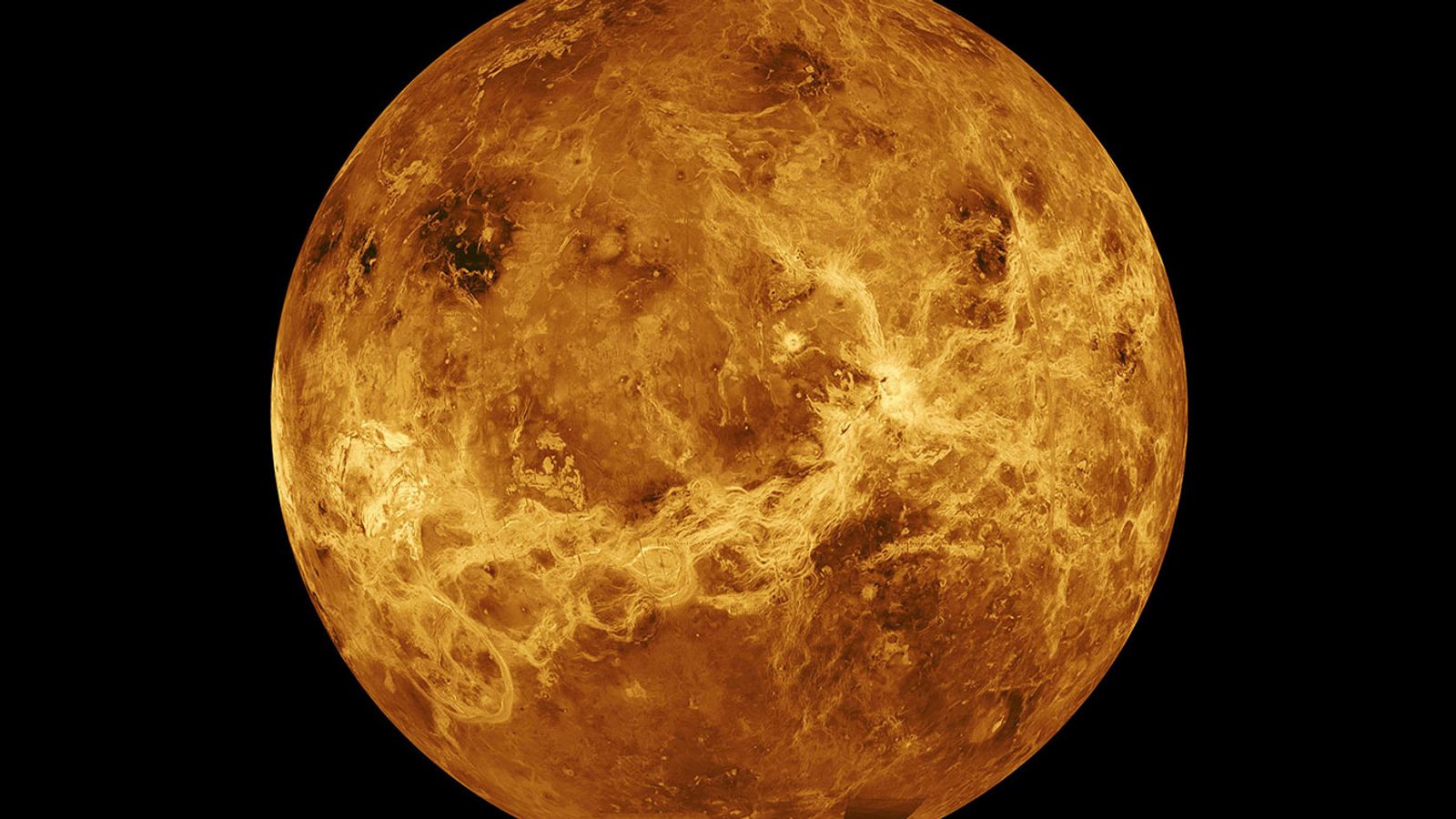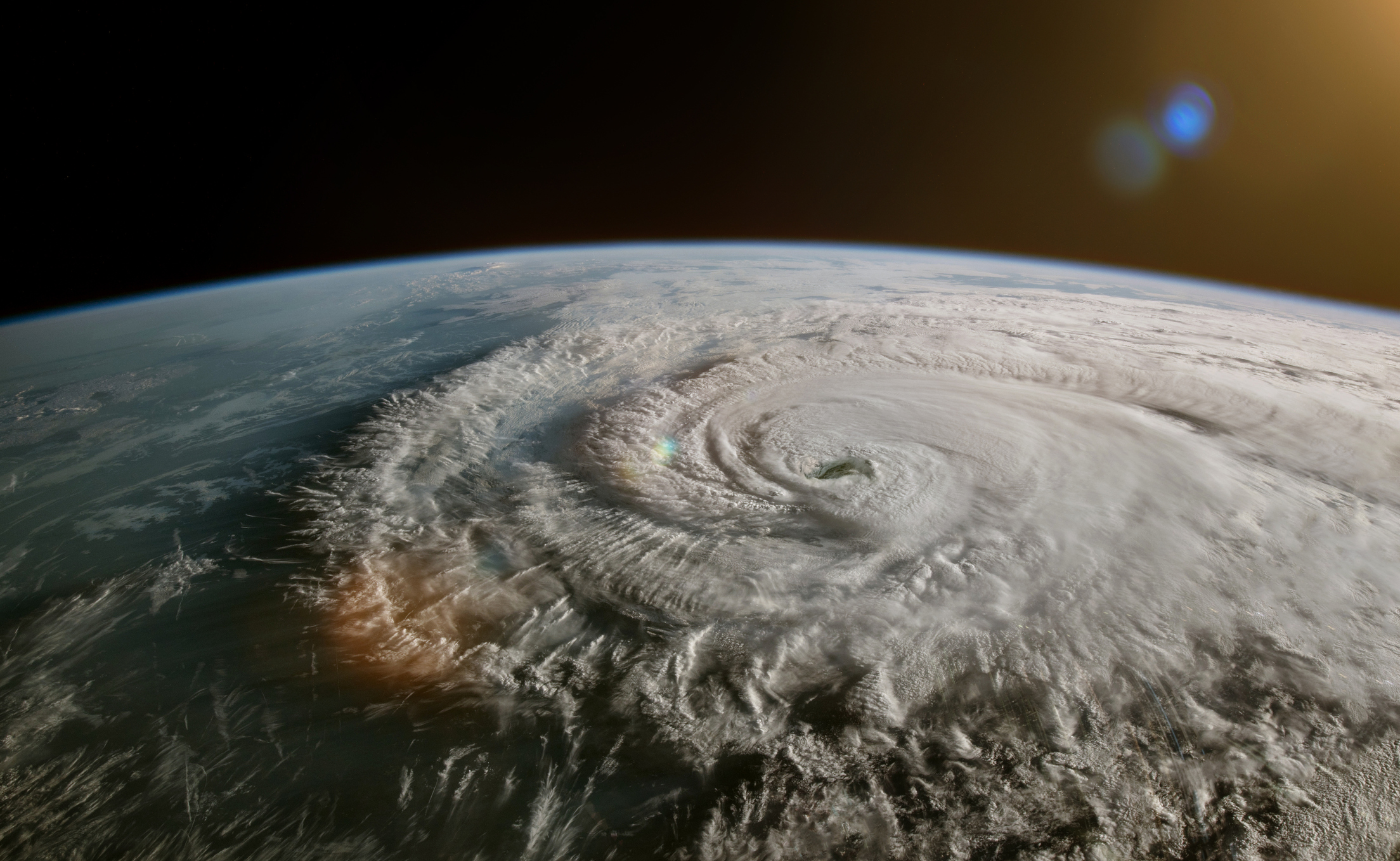Venus has long been known as a home to plenty of volcanoes – but not quite this many.
A new map of the red-hot planet, which has a surface temperature of about 450C (842F), reveals there are around 85,000 scattered over its landscape.
That’s almost 50 times more than past surveys had counted.
The huge map, published alongside research in the Journal of Geophysical Research: Planets, was built using radar images taken by NASA’s Magellan spacecraft.
Previous studies had found evidence of volcanic activity on Venus, but the work by researchers at Washington University in St Louis marks the first time Magellan’s findings have been converted into such an extensive map.
Co-author Paul Byrne said it was “the most comprehensive map of all volcanic edifices on Venus ever compiled”.
While the Washington team does not know whether the volcanoes are active, the map could help identify possible locations for any future eruptions.
‘Runaway’ black hole tearing through universe creates ‘astonishing’ trail of stars, say NASA
NASA releases new images of Uranus which could unravel mystery about planet
SpaceX’s Starship rocket system could have first orbital launch test within days
And there could be even more…
Lead author Rebecca Hahn suggested the findings may just be the tip of the magma cone.
The majority of the volcanoes mapped are less than 3.1 miles wide, which is considered pretty small.
It’s why many of them had gone unseen until now, with Ms Hahn utilising software that wasn’t available when the Magellan data first became available to find more elusive volcanoes.
“People back then were manually hand-drawing circles around the volcanoes,” she said.
“I can just do it on my computer.”
Read more:
Venus ‘may have aliens in its clouds’
Venus and four other planets align in sky
Be the first to get Breaking News
Install the Sky News app for free
And Ms Hahn believes there could be far more, even smaller volcanoes strewn across Venus’s surface, which may become visible with more modern imaging equipment.
Venus is already better surveyed for volcanoes than Earth, as all of its volcanoes are on the surface.
On our planet, many are thought to be hidden underneath the oceans. We only know for sure about 1,350 potentially active volcanoes worldwide.
NASA and the European Space Agency are both preparing missions that will take pictures of Venus at greater detail than ever before – the latter is aiming to launch in 2031.
Mr Byrne said: “There are still a huge number of questions we have for Venus that we can’t answer.
“We’re just getting started.”








